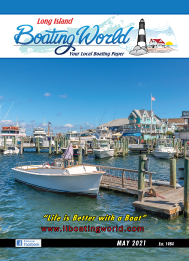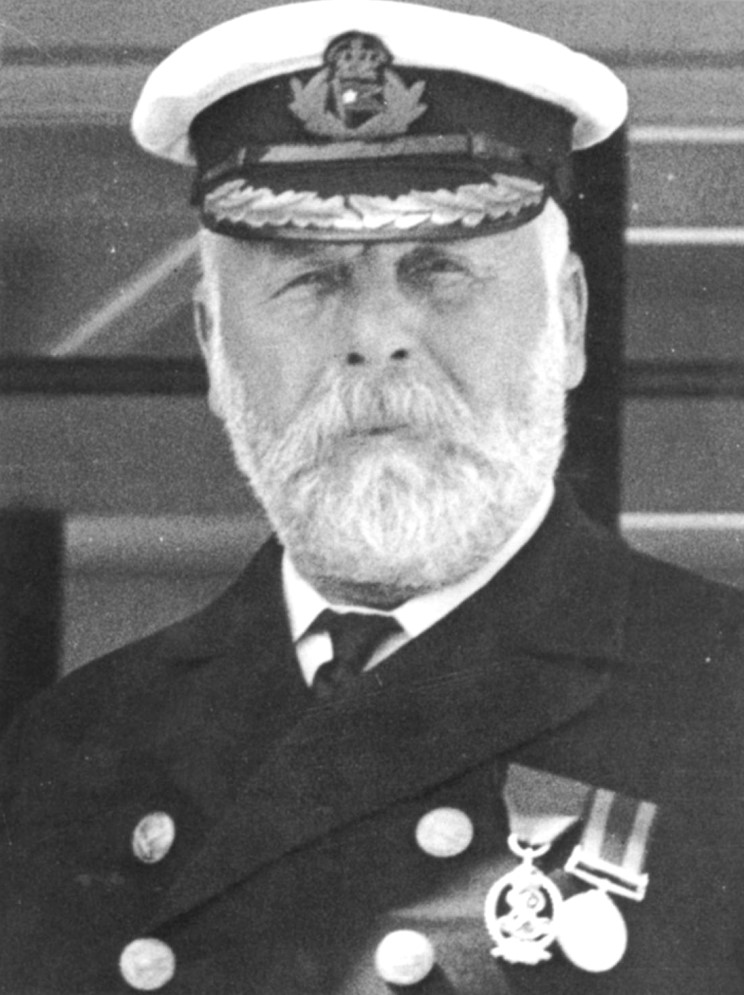
What type and size is best for your boat?
The ropes you use while boating are never, ever called “Ropes”. They are always called “Lines”! Rope is the term for what is used to make boats lines but finished product is always called a “LINE” Your boat has dock lines, anchor line, and a long, strong, small diameter line on your life preserver in case of “Man Overboard!” If you own a sailboat, you probably have line knowledge down pat, but for the sake of the power boater, let’s shove off!

There are many “Boaters” who place little attention to the lines they use when tying their boat into a dock or slip. I know a chap who lost his boat in the Great South Bay because he literally always tied his boat with clothesline and a shoelace. It broke free in a thunderstorm and took a day of searching before it was found. Lesson Learned? Not a bit! The same boat was retied “Temporarily” with remnants of the old lines until new lines could be obtained. Three weeks later broke those lines and sank forever in 28FT of water beneath the dock.
The name of the parts of a boat line are -The Bitter End-is the end where there is no loop spliced in. This end is usually whipped (Tied up, taped off, melted or coated with whipping rubber to stop fraying. The Spliced End- has a loop splice in to make attachment to a dock or boat cleat easier-This is a convenience but is not a requirement.
These are the types of common boat lines you should consider for your vessels Dock lines.
THREE STRAND NYLON – As with all boat lines three strand nylon is sold in various diameters according to the length, beam and weight of your vessel. You can ascertain the diameter by consulting with your marine supply store professional, Chapman’s piloting, and on Google and Yahoo! For a general rule of thumb you would require 1/8 diameter for every 9 ft in the length of a vessel. Three Strand is made of Nylon and is strong, easy to splice, and is the least expensive boat line product. You can buy it off a roll in the lengths you desire or precut with cleat loops already in place. Three Strand is very forgiving and will stretch slightly when wet.
DOUBLE BRAID – This is a much stronger type of line that is given to less stretch than Three Strand. All lines are sold as noted above. Even though it is stronger-and also lasts longer and stays nimble over time
(Three Strand tends to get stiff. Double Braid is a more expensive product that comes in assorted bright colors, if that’s your thing, though I prefer traditional lighter lines like white or tan.
MEGA BRAID – a much stronger single braid line for vessels 70 ft in line or more. Mega briad is the premium line and come at a premium price. They are woven with 12 strands and are soft, easy to handle and coil. They are very difficult to splice and can usually be ordered ready to use in the lengths you require. These also come in various diameters according to the securing needs of your vessel.
HOW MANY LINES SHOULD A VESSEL CARRY – Answer-You can never have to many lines-2 bowlines, 2 stern lines, 2 spring lines, an extra line
For a towing emergency-plus a set of these lines attached to your home dock. We will go over all this in a future Capt. Eddie’s..
CARE OF YOUR LINES – Lines are not a cheap and thoughtless investment so you should do your best to care for them, so they are serviceable for years to come. You should do a periodic washing of your lines. Place water in a bucket, add cold water, then pour in Serious Boat Cleaner and then coil in your line and let it stand for 10 minutes or more. Pull the line out in sections and hold down section tightly between your foot and hand then brush. Do not do this in winter or in a suit as you will get wet. Then you can let the lines soak overnight in fabric softener if you feel the seem stiff after washing and drying.
CHAFING – Rubbing continually over a hard edge is your lines enemy. Your can purchase chafing protectors to prevent damage, in any marine store.
Safe and happy boating,
Captain Eddie
